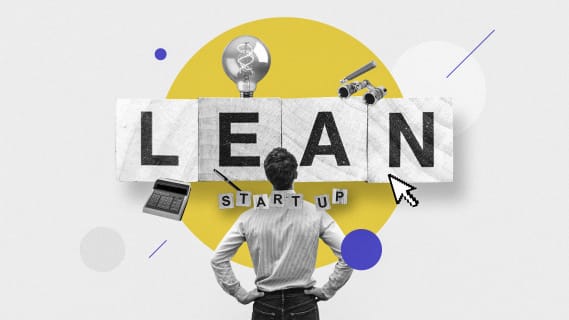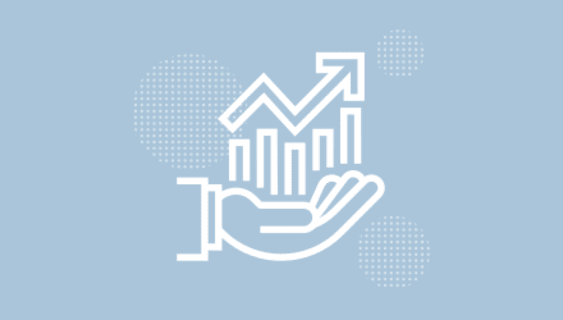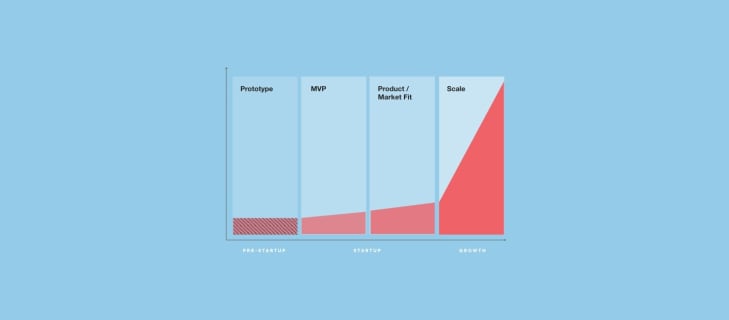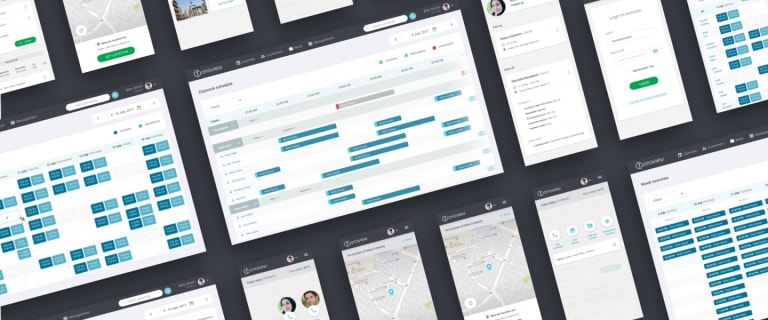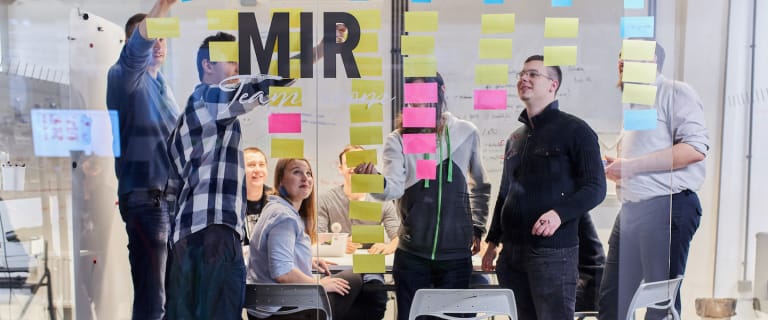Five Rules for Building Value-Generating Product Teams
Discover actionable strategies for building high-performing product teams. Learn how to align user-centric design with business goals, foster innovation, and empower your team to generate measurable value in today’s competitive landscape. Dive into five essential rules shared by Aneta Orszewska, a seasoned product leader.

![Upcoming Boldare Events in October 2024 [Updating]](https://res.cloudinary.com/de4rvmslk/image/upload/f_auto,q_auto,h_320//RS_Post_C%CC%81wierkanie.png)



















